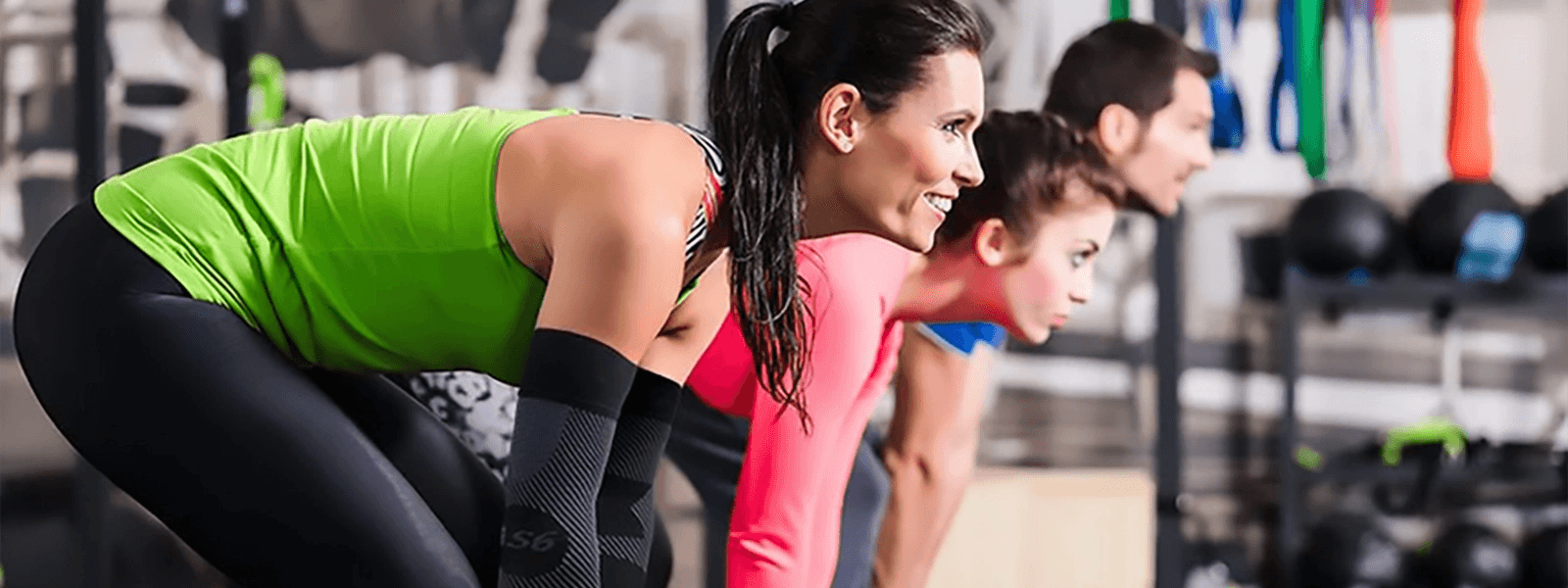Anxiety and depression are two of the world’s most prevalent conditions, but when pain comes into the equation, the situation can be particularly difficult to address. As noted by Harvard academics, the relationship between pain and depression is cyclical. That is, those who have depression “tend to experience more severe and long-lasting pain than other people.” Moreover, those who are battling painful conditions such as fibromyalgia, lower back pain, or headaches, can suffer from the anxiety and depression caused by frustration with their condition. Although anxiety and depression are often treated with a combination of medication, cognitive behavioral therapy and the recommendation of specific lifestyle changes, exercise should also be an important part of one's daily strategy against both pain and mental illness.
Moving your body helps with mental wellness
A study carried out by Michael Babyak et al sought to elicit the therapeutic effect of three different approaches to depression: aerobic exercise, medication, or medication and exercise. Their findings showed that after four months the three groups had similar rates of improvement. However, after 10 months, those in the exercise group had significantly lower relapse rates than those in the medication group. During the follow-up period, those who exercised on their own had a reduced probability of being diagnosed with depression.
Exercise is a powerful ally against anxiety
Numerous studies have provided evidence of the link between regular physical activity and lower stress and anxiety levels. Esquivel et al found that moderate to tough exercise resulted in fewer panic attacks and lower anxiety in comparison with very light exercise. Meanwhile, Ströhle et al established that persons with panic disorder who took part in half an hour of aerobic exercise were less likely to have panic attacks than those who were not physically active.
Targeting the root cause of pain
Depending on your condition, your doctor may recommend targeted physiotherapy to reduce pain and improve aspects such as gait, speed, and functionality. One activity that has been found to quell pain in a far-reaching manner, is yoga. This millenary practice alters the brain structure, with brain imaging studies showing that it has the opposite effect to that of chronic pain.
Yoga to alleviate pain
If chronic leads to changes in gray matter volume and white matter connectivity, practicing yoga has the opposite effect. Concrete studies have shown that yoga can help quell the pain related to chronic lower back pain and headaches. One of the most powerful skills learned in yoga is mindfulness: the complex art of keeping the mind ‘in the here and now’. Although it takes practice and discipline, there are methods that help hone mindfulness. In essence, the key is to be fully aware of one’s thoughts and emotions (good and bad) yet maintain a healthy enough distance so that they do not lead us into a depressive or anxious state. Pain is similar to anxiety and depression in that they prompt one to do the opposite of what one needs to obtain better health. That is, when you suffer from pain or mental conditions such as these, the tendency can be to freeze, stay at home, and lead a sedentary lifestyle. In fact, chronic pain should be addressed using a multi-faceted approach which usually involves treatment and movement. Discuss options such as yoga with your doctor and remember that simply being more active can boost your mental health, thus making it easier to escape from the pain-anxiety-depression cycle.
Author: Jennifer Dawson

